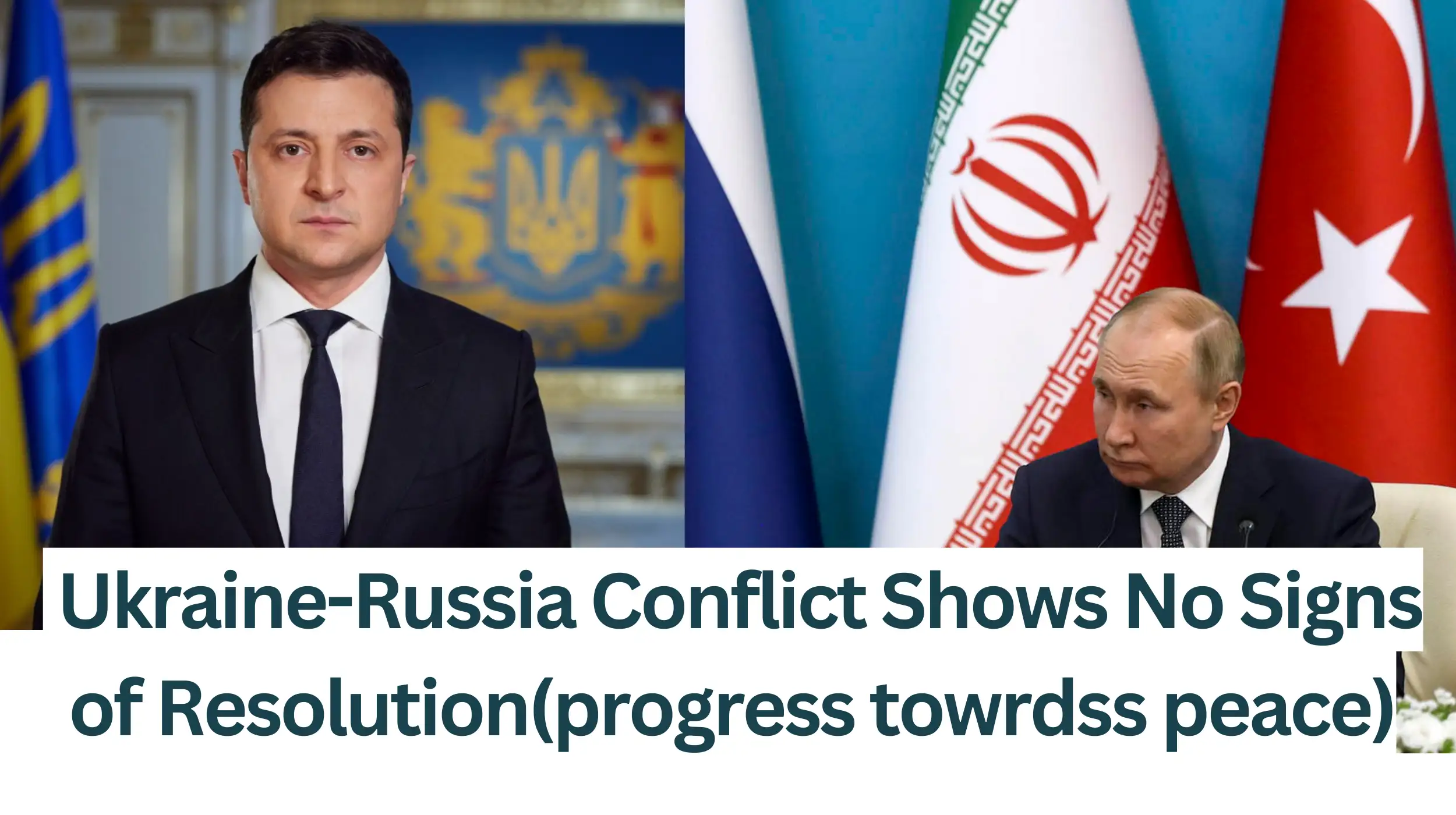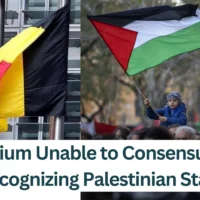Greece (Brussels Morning) – As the two-year mark of Russia’s invasion of Ukraine passed, the international community had hoped for progress toward a peaceful resolution between the two nations. Unfortunately, we are heading towards what analysts have long feared: an escalation of the conflict until one side capitulates under terms that leave a clear victor.
The conflict in Ukraine continues to escalate as President Zelensky urges the United States to provide more advanced weaponry and allow Ukraine to target military sites within Russia. Despite Ukrainian forces’ success in intercepting Russian drone assaults, the situation remains dire, particularly in regions like Kharkiv and Vovchansk. The evolving dynamics of the three-year invasion highlight the persistent resistance from Ukrainian forces and the shifting strategies of Russian troops. As the geopolitical landscape becomes increasingly complex, the outcomes of these developments hold significant implications for the future stability of the region.
What is President Zelensky’s Request to the United States?
“Shoot down what’s in the sky over Ukraine,” President Zelensky said in a wide-ranging interview with The New York Times. “And give us the weapons to use against Russian forces on the borders.” He stated that he had urged senior U.S. officials to permit Ukraine to target military sites inside Russia with American missiles and other weaponry. However, the United States remains opposed to this strategy. Zelensky argued that this restriction grants Russia a “huge advantage” in cross-border warfare, which it is exploiting through assaults in Ukraine’s northeast.
How Have Ukrainian Forces Responded to Recent Russian Assaults?
Ukrainian forces successfully intercepted all 20 drones launched by Russia in an overnight assault, according to the Ukrainian military. The drones were downed over the regions of Kharkiv, Poltava, Vinnytsia, Odesa, and Mykolaiv. This development comes amid an escalation of Russian attacks on the Kharkiv region this spring. Russian forces have intensified their aerial assaults and initiated a fresh offensive in the border areas, compelling Kyiv’s outnumbered troops to defend a new front line. In the current incursion, Moscow’s troops have managed to capture 12 villages.
What is the Situation in Vovchansk and Kharkiv?
Vovchansk, a town 74 kilometers (45 miles) from Kharkiv, has recently faced intense bombardment. While not strategically crucial, its capture would deal a significant blow to Ukrainian morale. Despite the heavy attacks, Ukrainian officials report that they are stabilizing the situation and that the pace of Russian operations in the area is slowing down.
Thousands of civilians have fled towards Kharkiv, raising concerns among Ukrainian commanders about the potential threat if Russian forces move within artillery range of the city. The UK Ministry of Defence (MoD) assesses that Russia is likely trying to divert Ukrainian resources from other front-line areas. However, the MoD adds that Russia probably lacks the combat power needed to capture Kharkiv without reallocating additional forces.
How Has Russia’s Invasion Strategy Evolved Over Three Years?
Russia’s invasion of Ukraine began with a barrage of missile strikes on cities across the country before dawn on February 24, 2022. Russian ground troops advanced swiftly, taking control of large areas and reaching the outskirts of Kyiv within weeks. They also bombarded Kharkiv and seized territory in the east and south, extending to Kherson and encircling the port city of Mariupol.
At the onset of the invasion, it appeared that Russia aimed to partition Ukraine, pushing the eastern and southern regions, along with Crimea, towards independence from Kyiv. There was also the possibility of establishing a confederation if Russian forces captured the capital and put the Ukrainian leadership on trial.
However, after the first year, this scenario became increasingly unlikely. Instead of envisioning a large federated or independent state, the belief emerged that multiple smaller entities, even smaller than Moldova, might arise. This shift in perspective was driven by the changing dynamics on the ground and the persistent resistance from Ukrainian forces, which complicated Russia’s initial objectives.
The reasoning was that if Moscow could not control the government in Kyiv with a loyal ally, akin to Belarus, the region would fragment into smaller states. These smaller entities would be unable to maintain the pre-2014 dynamics of Ukraine, let alone those before February 2022. Instead of a pro-Russian president of a confederation of Russians and Ukrainians, there would be 4-5 presidents of smaller states, each reporting to Moscow. These smaller states would be entirely dependent on Russia for natural gas pipelines, investments, and military support.
However, Russian forces encountered fierce Ukrainian resistance and significant logistical challenges. Poorly motivated Russian troops faced shortages of food, water, and ammunition, which hampered their progress. Ukrainian forces, armed with Western-supplied weapons such as the NLAW anti-tank system, effectively countered the Russian advance.
The Ukrainian side appears unable to counterattack and liberate the eastern regions. The leadership blames its Western allies for not granting permission to use necessary weapons to strike targets within Russia. Kyiv may sense that the Allies might favor conceding the regions occupied by Russia. Additionally, there could be fears of a large-scale war or a nuclear catastrophe.
By October 2022, the situation had shifted dramatically. After failing to capture Kyiv, Russia withdrew its forces entirely from the north. Since then, the front lines have remained largely unchang
Dear reader,
Opinions expressed in the op-ed section are solely those of the individual author and do not represent the official stance of our newspaper. We believe in providing a platform for a wide range of voices and perspectives, even those that may challenge or differ from our own. We remain committed to providing our readers with high-quality, fair, and balanced journalism. Thank you for your continued support.



